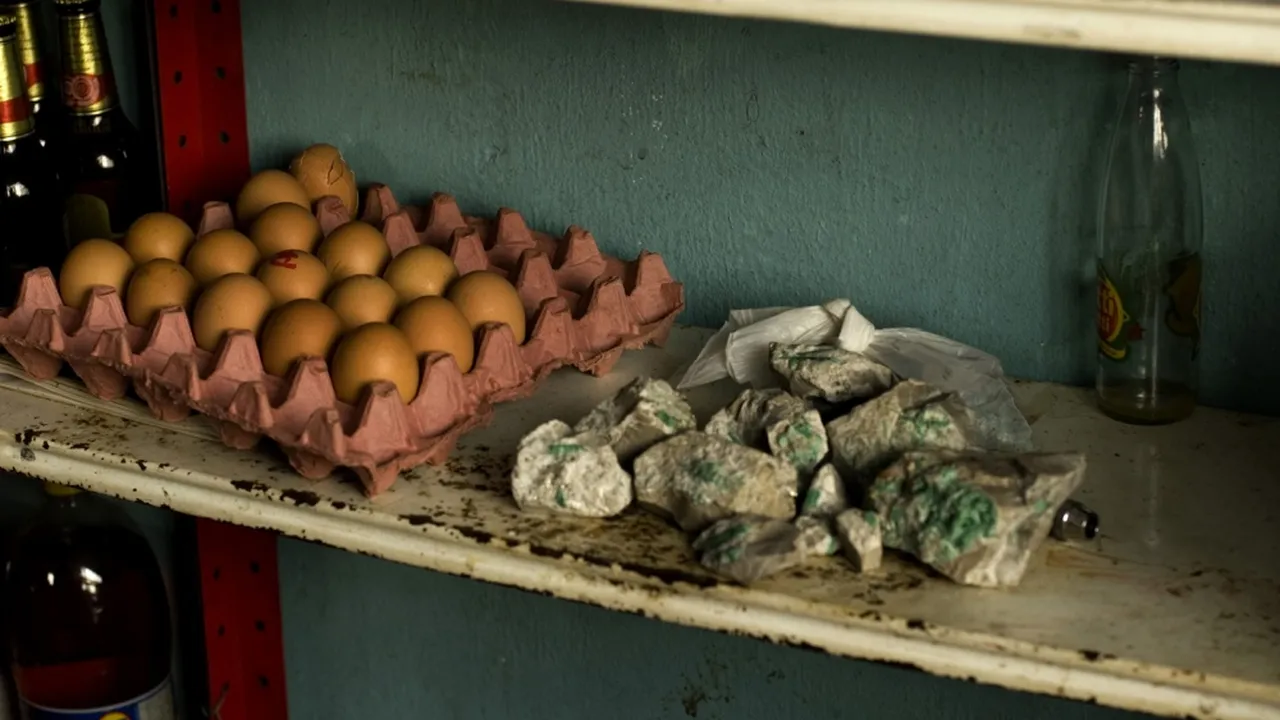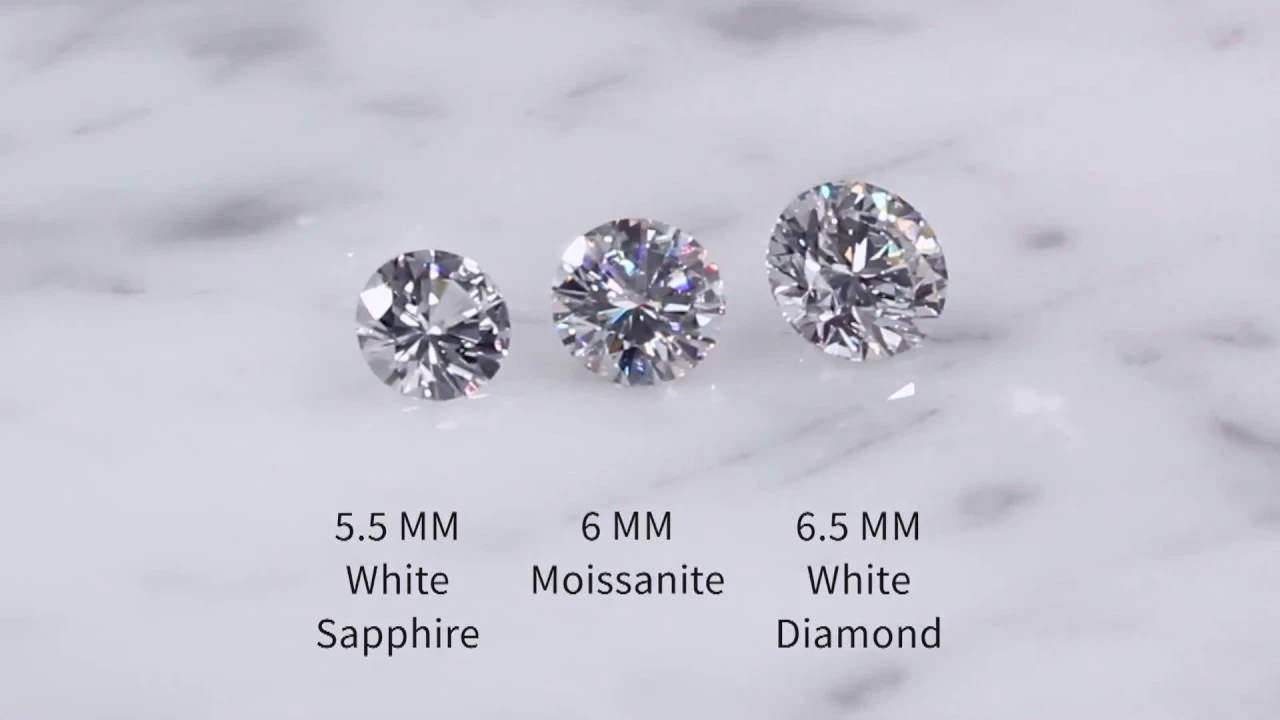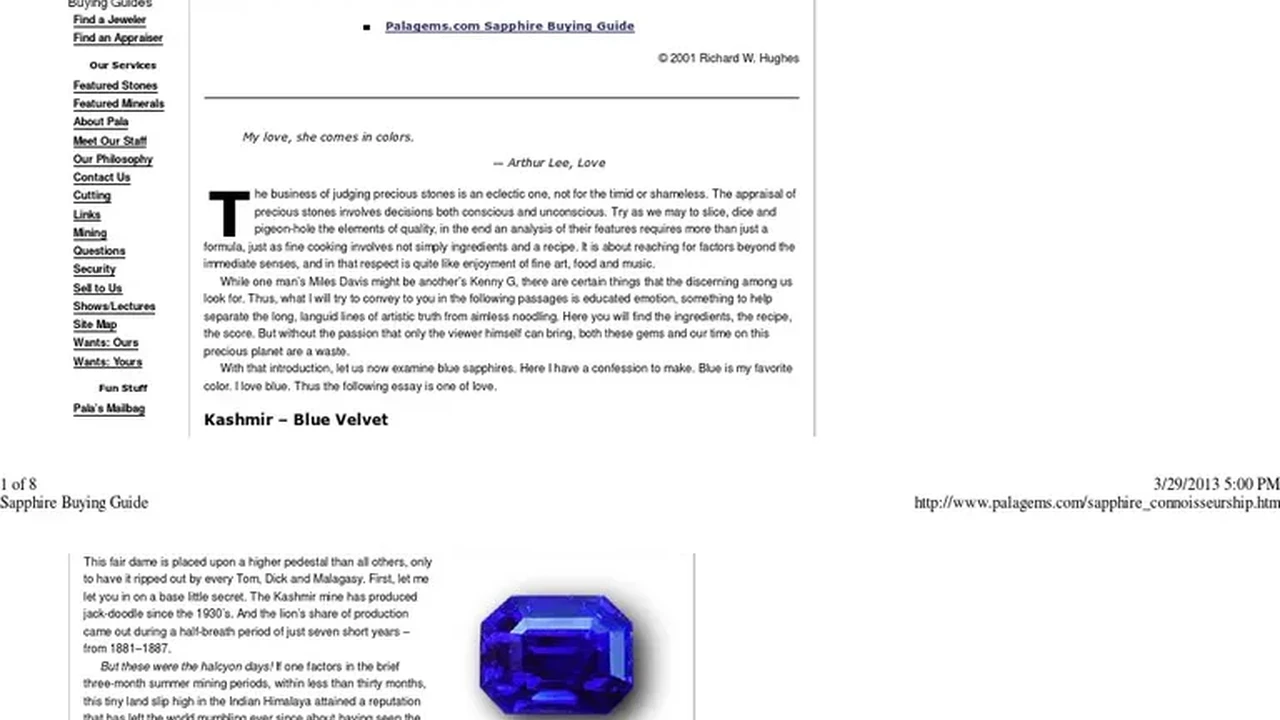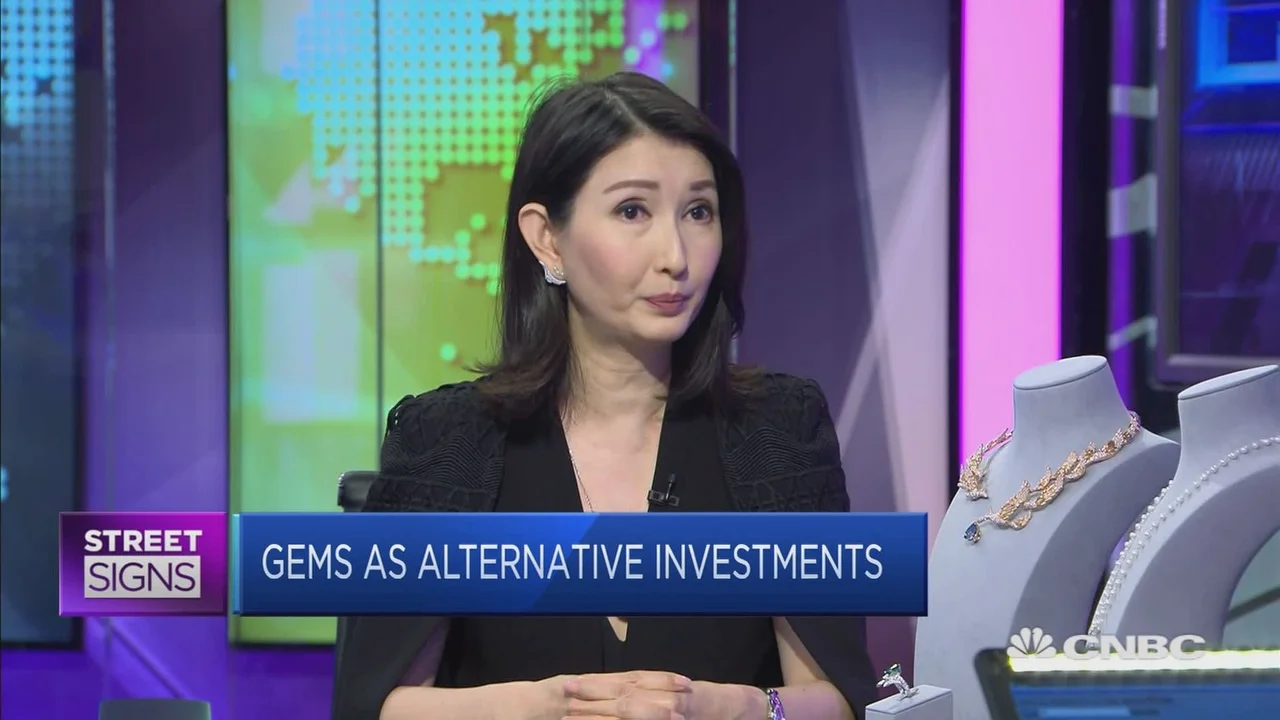The Definitive Guide to Investing in Colombian Emeralds
The Definitive Guide to Investing in Colombian Emeralds. Learn about origin, quality factors, and market dynamics in the US and Southeast Asian markets.

So, you're thinking about investing in Colombian emeralds? Excellent choice! These green beauties are not only stunning but can also be a valuable addition to your investment portfolio. Whether you're in the bustling markets of the US or the vibrant economies of Southeast Asia, understanding the nuances of Colombian emeralds is key. Let's dive in!
What Makes Colombian Emeralds Special A Deep Dive into Origin and Geology
Colombian emeralds are renowned worldwide for their exceptional quality and rich green color. The unique geological conditions in Colombia contribute to the formation of these exquisite gemstones. The Muzo and Chivor mines are particularly famous, producing some of the finest emeralds ever discovered. These mines are located in the Eastern Ranges of the Andes Mountains, where the interaction of tectonic plates and hydrothermal activity has created the perfect environment for emerald formation.
The Colombian emeralds are distinguished by their trace element composition, which includes chromium and vanadium, contributing to their vibrant green hue. The presence of these elements, combined with the specific geological conditions, results in emeralds with exceptional clarity and brilliance. The origin of an emerald significantly impacts its value, with Colombian emeralds generally commanding higher prices due to their superior quality and historical significance.
Understanding Emerald Quality The 4Cs and Beyond
Just like diamonds, emeralds are evaluated based on the 4Cs: Carat, Clarity, Color, and Cut. However, color is arguably the most crucial factor for emeralds. A vivid, intense green is highly desirable. Clarity is also important, but unlike diamonds, inclusions (internal flaws) are often accepted and even considered part of an emerald's character. These inclusions are sometimes called 'jardin' (garden) because they resemble plant-like patterns within the stone.
* **Color:** Look for a deep, vibrant green with even distribution. Bluish-green hues are also popular.
* **Clarity:** Emeralds are rarely flawless. Minor inclusions are acceptable, but excessive inclusions can affect the stone's brilliance and durability.
* **Cut:** A well-cut emerald will maximize its brilliance and minimize the appearance of inclusions. Common cuts include the emerald cut (rectangular step cut), round, oval, and pear.
* **Carat:** Carat weight refers to the size of the emerald. Larger emeralds are generally more valuable, but quality should always be prioritized over size.
Beyond the 4Cs, consider the treatment of the emerald. Many emeralds are treated with oil to enhance their clarity. This is a common practice, but it's important to know the type and extent of the treatment. Untreated emeralds are rare and command a premium.
Spotlight on Specific Emeralds and Their Investment Potential
Let's talk specifics! Here are a few examples of Colombian emeralds that could be interesting additions to your investment portfolio, along with their potential uses and estimated prices:
* **The Muzo Emerald (5 Carats, Vivid Green):** This emerald, sourced directly from the Muzo mine, boasts an intense, saturated green color and excellent clarity. It's ideal for a high-end pendant or ring. Estimated Price: $15,000 - $25,000.
* **Usage Scenario:** A statement piece of jewelry for special occasions, appealing to high-net-worth individuals.
* **Comparison:** Compared to a similar-sized emerald from Zambia, the Muzo emerald would likely command a higher price due to its superior color and origin.
* **The Chivor Emerald (3 Carats, Bluish-Green):** This emerald exhibits a beautiful bluish-green hue, characteristic of the Chivor mine. Its cut is optimized to enhance brilliance. Suitable for earrings or a delicate bracelet. Estimated Price: $8,000 - $12,000.
* **Usage Scenario:** Everyday wear jewelry, appealing to a younger demographic.
* **Comparison:** While slightly less vibrant than the Muzo emerald, the Chivor emerald offers a unique color profile that some collectors find highly desirable.
* **The Trapiche Emerald (2 Carats, Unique Pattern):** Trapiche emeralds are rare and feature a distinctive six-rayed star pattern. This particular stone is perfect for a collector's item. Estimated Price: $5,000 - $10,000.
* **Usage Scenario:** A collector's item, displayed in a private collection or museum.
* **Comparison:** Trapiche emeralds are valued for their rarity and unique pattern, rather than their intense color.
Emerald Treatments and Their Impact on Value
Most emeralds undergo treatments to enhance their appearance. The most common treatment is oiling, where the emerald is immersed in oil (usually cedarwood oil) to fill in surface-reaching fractures and improve clarity. While oiling is generally accepted, it's crucial to understand the type and extent of the treatment.
* **Oiling:** This is the most common treatment. Light oiling is generally acceptable, but heavy oiling can mask significant flaws.
* **Resin Filling:** Some emeralds are treated with resins to fill in larger fractures. This treatment is less desirable than oiling as it can be less stable over time.
* **Dyeing:** In rare cases, emeralds are dyed to enhance their color. This treatment is generally considered unacceptable as it is not permanent and can significantly reduce the stone's value.
Always ask for a gemological certificate that discloses any treatments. Reputable labs like GIA (Gemological Institute of America) and Gübelin Gem Lab can provide detailed reports on emeralds.
Navigating the Emerald Market in the US and Southeast Asia
The emerald market in the US and Southeast Asia is diverse, with varying preferences and demand drivers. In the US, consumers often prioritize clarity and brilliance, while in Southeast Asia, color and origin may be more important.
**US Market:**
* Demand for high-quality Colombian emeralds remains strong, driven by both jewelry enthusiasts and investors.
* Online platforms and auction houses are popular channels for buying and selling emeralds.
* Consumers are increasingly seeking transparency and certification.
**Southeast Asian Market:**
* Strong cultural affinity for gemstones, particularly in countries like Thailand, Vietnam, and Indonesia.
* Colombian emeralds are highly prized for their color and origin.
* Traditional brick-and-mortar jewelry stores and local gemstone markets are still prevalent.
* Growing interest in online gemstone trading platforms.
Risks and Mitigation Strategies for Emerald Investment
Investing in emeralds, like any investment, carries risks. Here are some key risks and strategies to mitigate them:
* **Fluctuations in Market Demand:** Emerald prices can be influenced by economic conditions and fashion trends.
* **Mitigation:** Diversify your investment portfolio and stay informed about market trends.
* **Treatment Disclosure:** Failure to disclose treatments can lead to overpaying for an emerald.
* **Mitigation:** Always obtain a gemological certificate from a reputable lab.
* **Counterfeit Emeralds:** The market is susceptible to counterfeit emeralds or imitations.
* **Mitigation:** Buy from reputable dealers and insist on proper certification.
* **Liquidity:** Selling emeralds can take time, especially for high-value stones.
* **Mitigation:** Be prepared to hold your investment for the long term.
Where to Buy Colombian Emeralds Reputable Sources and Dealers
Finding a reputable source is crucial for investing in Colombian emeralds. Here are a few options:
* **Reputable Gem Dealers:** Look for dealers with a long history and a strong reputation for integrity.
* **Gemological Labs:** Some gemological labs also offer appraisal and brokerage services.
* **Auction Houses:** Major auction houses like Christie's and Sotheby's often feature high-quality Colombian emeralds.
* **Direct from Mines:** In some cases, it may be possible to purchase emeralds directly from Colombian mines, but this requires significant due diligence.
Always do your research, compare prices, and ask for references before making a purchase. Don't be afraid to ask questions and seek expert advice.
:max_bytes(150000):strip_icc()/277019-baked-pork-chops-with-cream-of-mushroom-soup-DDMFS-beauty-4x3-BG-7505-5762b731cf30447d9cbbbbbf387beafa.jpg)






